Wildlife cameras, drones or apps for environmental education: Digital technologies are increasingly part of rangers’ toolkit. We spoke with digital strategist and former ranger Klemens Mrogenda about how digitalisation helps rangers conserve biodiversity.
At the German Federal Agency for Nature Conservation (BfN), a new four-person team of experts has recently started working, primarily on strategic digitalisation in nature and society. Their mission: to use digital applications even more targeted to combat the biodiversity crisis. Klemens Mrogenda is part of this specialist team “Strategic digitalisation in nature and society” at BfN. He talked to us about what connects him personally to ranger work, how digital trends and technologies can support rangers and why topics like combating illegal online species trade will become more relevant in the future.
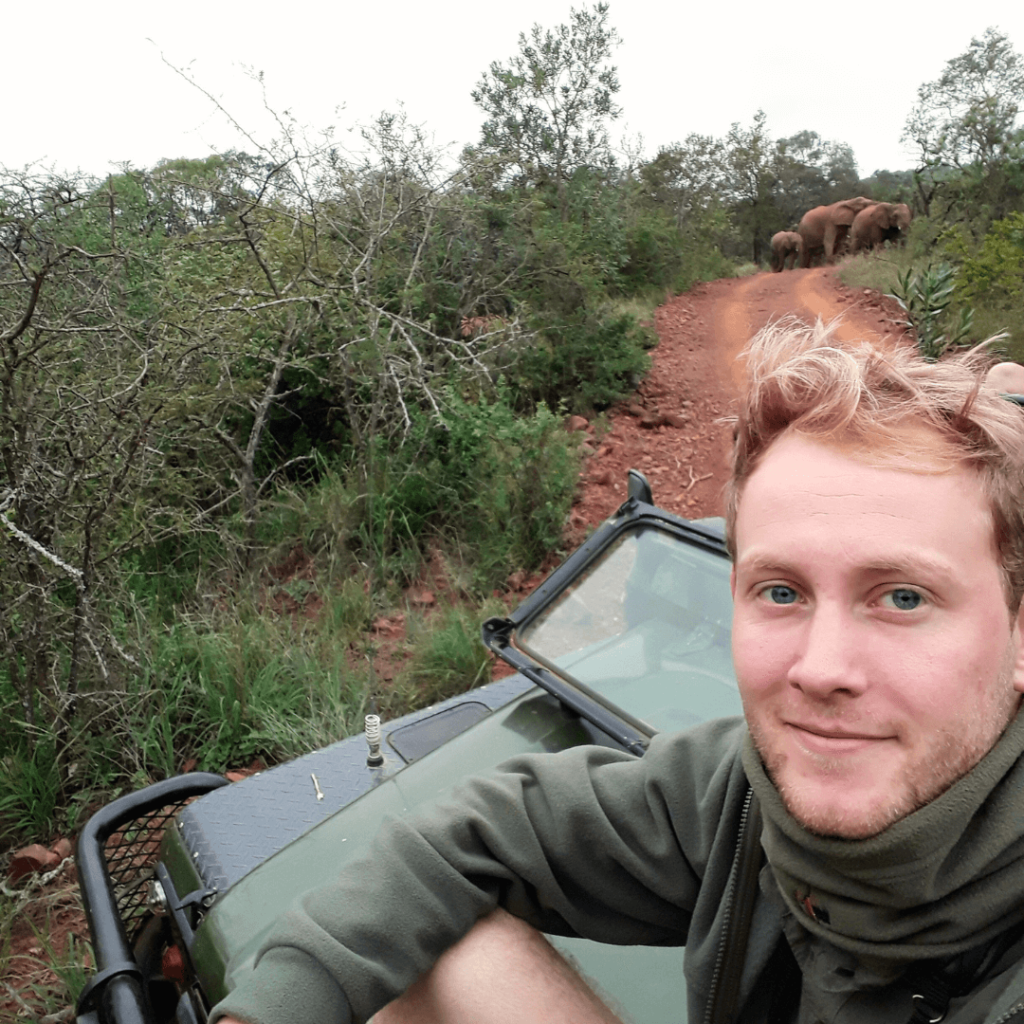
Klemens, you work with digital strategies in your job. What is your connection to nature conservation?
I am a classic career changer in nature conservation: I studied industrial engineering in Hamburg and then concentrated on strategic topics in my Master’s degree. At the same time, I built up a foothold in practical nature conservation: I completed sheep herding training in Switzerland and basic training as a field guide (NQF level 2) in South Africa through Field Guide Association of Southern Africa (FGASA). In 2019, I was in the Boundary Waters Canoe Area Wilderness Reserve (BWCAW), Minnesota, for six months as an Associate Park Ranger. Meanwhile, I worked in my “bread and butter” job in digital strategy and digital consulting at various companies, for example IBM and XING. Always with the plan to bring together these two worlds, nature conservation and digital strategy.
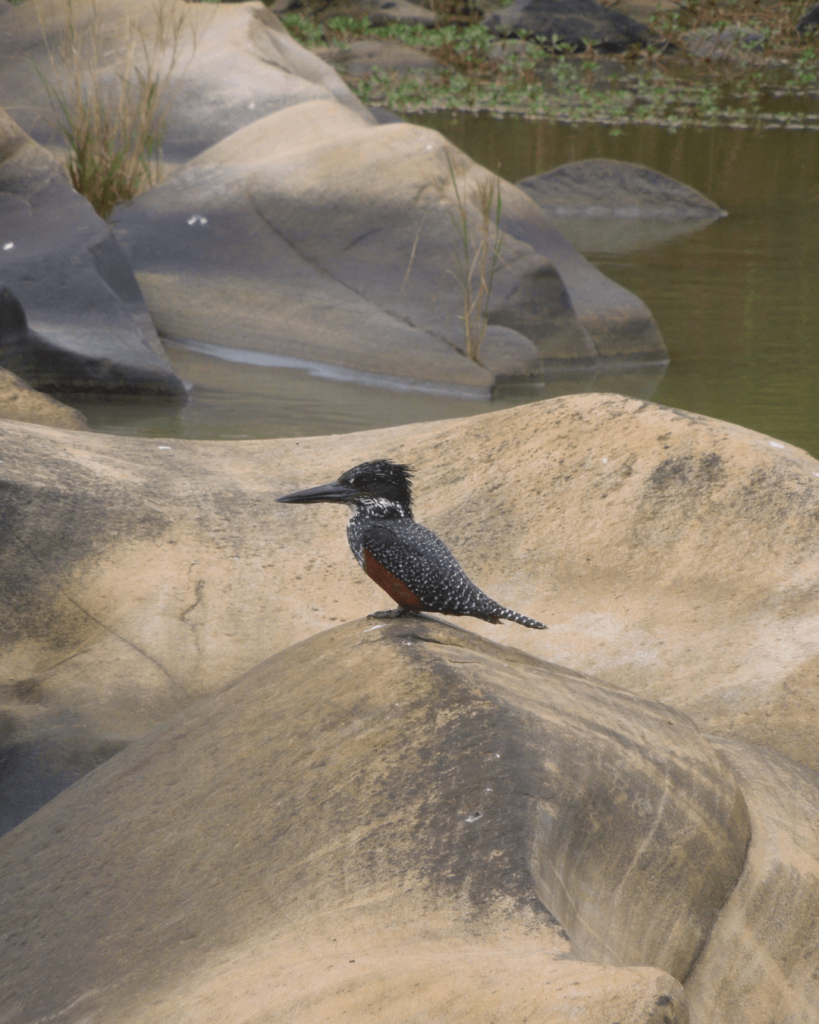
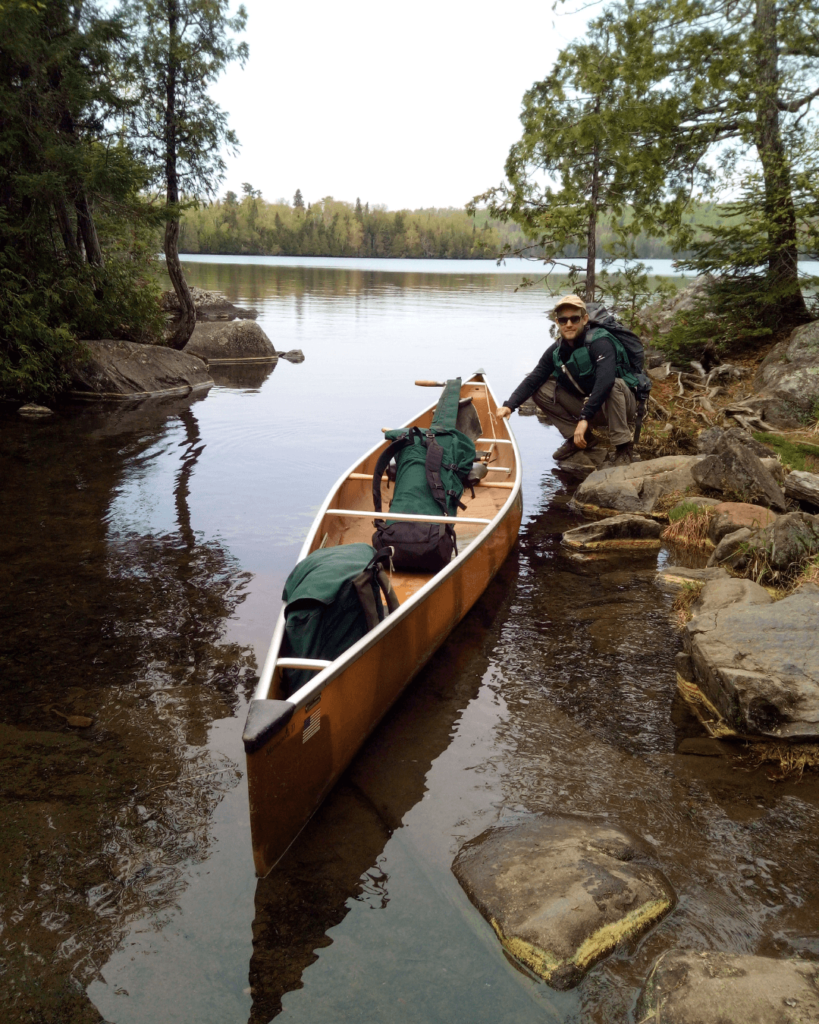
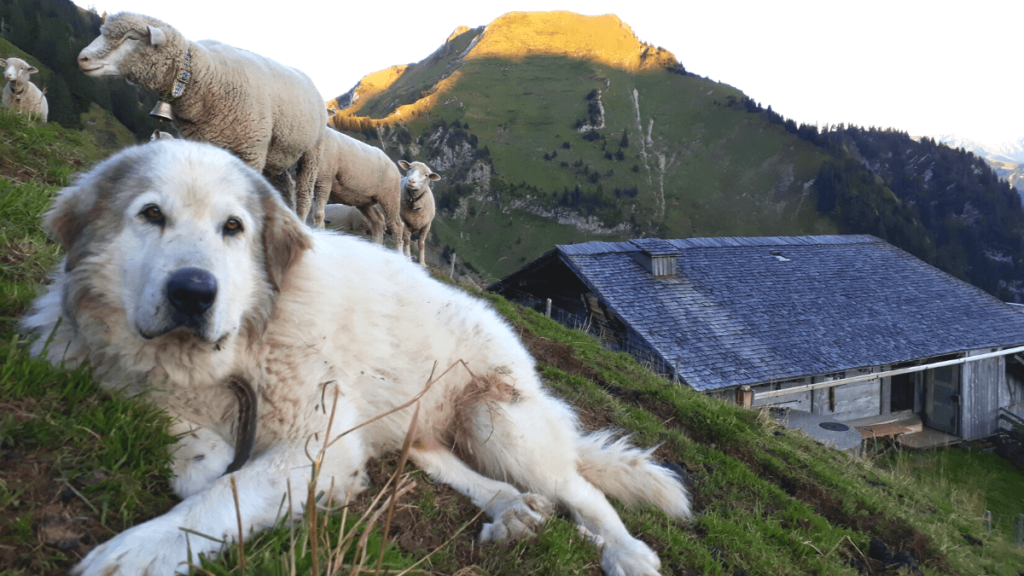
That obviously worked out: Today you work as a digital strategist for the Federal Agency for Nature Conservation (BfN) …
Exactly. Here at the BfN’s Leipzig site, we are a completely new department called “Strategic Digitalisation in Nature and Society”. On the one hand, we are involved in the digitalisation of the BfN itself, but our main focus is on how we can better manage our nature conservation tasks with digital technologies. This quickly brings us to topics such as data collection via sensors: for example wildlife cameras, acoustic loggers, remote sensing via the EU’s Copernicus mission or the drone recordings often used in the ranger environment. In addition, there is the evaluation of these data sets with artificial intelligence methods. An example of this is the automatic recognition of animal species from different data sources such as satellite images, wildlife cameras and audio loggers. But also for environmental education, the question of how we pick up the young target group with digital methods is a big issue. One widely known project funded by the Federal Ministry for the Environment and Nature Conservation as part of the Federal Programme on Biological Diversity is “Flora Incognita“. This is a floristic identification app that automatically recognises plants in pictures. On this basis, exciting environmental education concepts can be developed, among other things. A colleague in Upper Bavaria integrates this functionality into the app “Naturdigital”, e. g. to develop specific learning modules for school classes in the outdoors. One task could be the challenge to collect five plants with yellow flowers and then to find a given yellow flower in the next level.
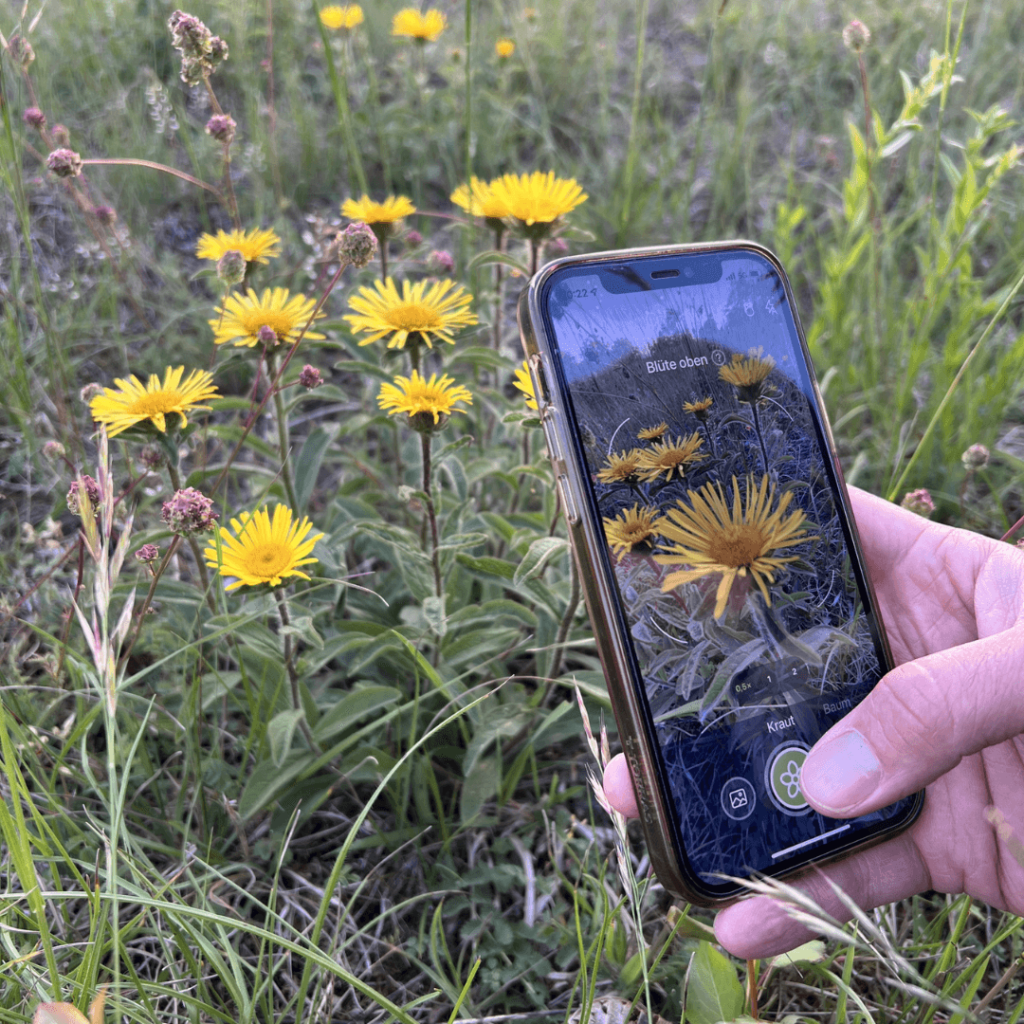
What has been your most exciting project so far as a digital strategist for nature conservation?
Contentwise, the fight against illegal online species trade is very exciting to me. There is often a lack of capacity to analyse which species protected for example under the Washington Convention on International Trade in Endangered Species are being traded in the digital space and which of these ads are potentially illegal. Here, we are currently exploring various technological approaches as a support service. AI is one solution option, for example in automatic image and text recognition, in order to filter out certain species or their parts and products such as ivory or protected wood products on the relevant trading platforms. Subsequently, it can be checked whether further steps are necessary in case of suspicion of illegal trade activities.
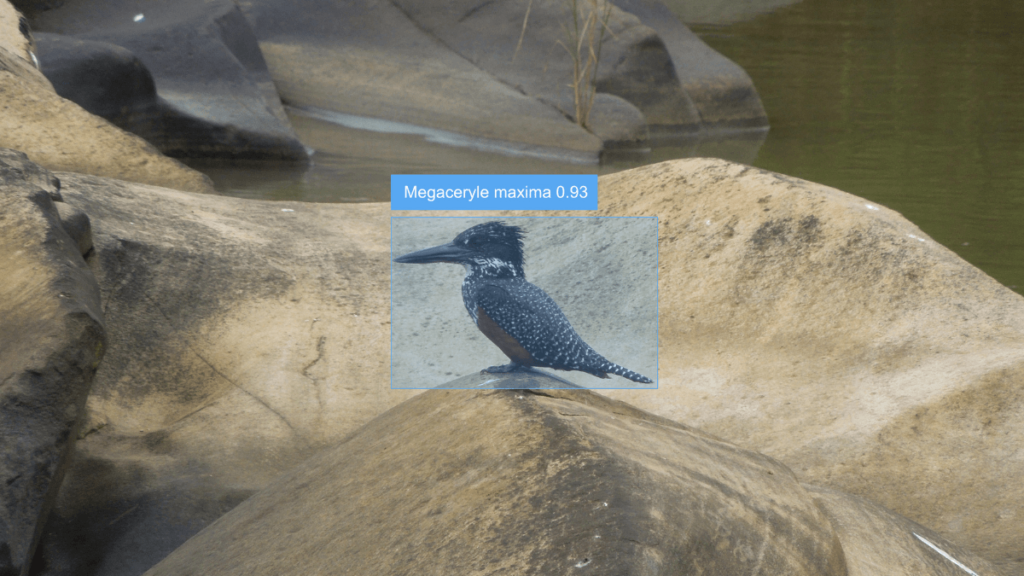
What digital tools can you think of for concrete ranger work?
Definitely the digital environmental education concepts. But I can also think of audio logging, acoustic sensors that rangers hang up in protected forests, for example, to be able to locate illegal logging by the sound of chainsaws or illegal poaching by gunshots. There are also the classic drone overflights with thermal imaging cameras, which – although ethically debatable in relation to humans – can be used to track poachers or herds of elephants. Camera traps can also be used to photograph timber trucks at the access roads to protected areas via motion sensors in order to track illegal timber exports. In general, remote sensing is also an exciting field, for example to determine in a time comparison where illegal activities are likely in the near future or where areas have already been cleared illegally. Project initiatives include Wildlife Insights, Airshepherd or SMART.
This content is sponsored by


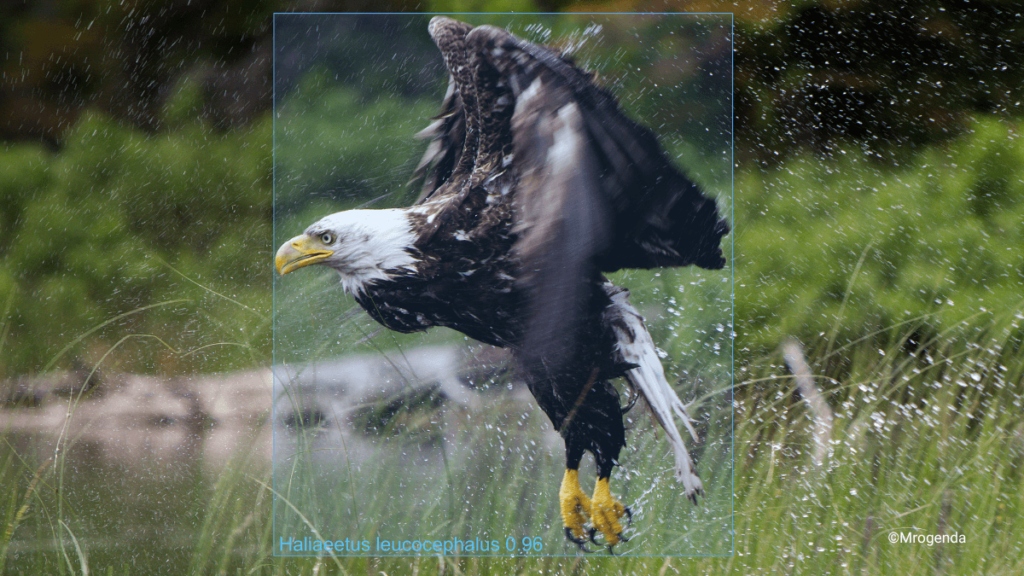
One thought on “Closing the gap between nature conservation and digitalisation”
Comments are closed.